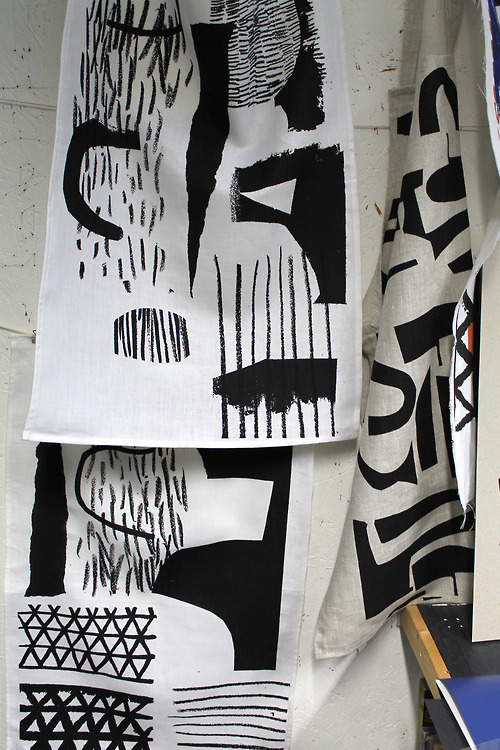The Danish Girl is a study of gender and femininity, beautifully filmed on opulent, painterly backdrops. Moreover, one of the heroines is Gerda Wegener, a name I came across during my research on women's magazines from early 20th-century.
Gerda Gottlieb, Lili Elbe, 1920. wikipedia.org
The film tells the tragic story of Einar Wegener, a transgender artist, who underwent one of the first gender reassignment surgeries in 1930, to become Lili Elbe. He was married to Gerda Wegener, a distinguished Danish painter and fashion illustrator. Initially, Gerda aided her husband and contributed to the formation of the alter persona Lili. She dressed him in women's clothes and he served as a model in her paintings.
The work of Gerda Wegener has a prominent place among the art deco artists of the era. She explored gender as a performance (The Guardian 2015) and depicted long-legged, confident and active women. These artworks fascinated the Parisian art society. However, people were scandalised to learn that the model behind some of the portraits is Gerda's husband.
Neither medicine nor society was equipped to meet Einar's transformation. He suffered depression, his marriage to Gerda was dissolved, and he died as a result of his surgeries. It is interesting that Lili Elbe was ever only free to express her femininity in Gerda's paintings. In this respect art is often more forward than society.
Previously, I discussed Berger and how the "male gaze" is challenged by contemporary artists. It appears that Gerda Wegener, with her erotic paintings, redefined the "female gaze". Historian Andrea Rygg Karberg states that Gerda's work has revolutionised how women are portrayed in art:
“Women were typically seen through the male gaze. But Gerda changed all that because she painted strong, beautiful women with admiration and identification – as conscious subjects rather than objects.”
Gerda Wegener, A Summer Day, 1927. www.theguardian.com






























